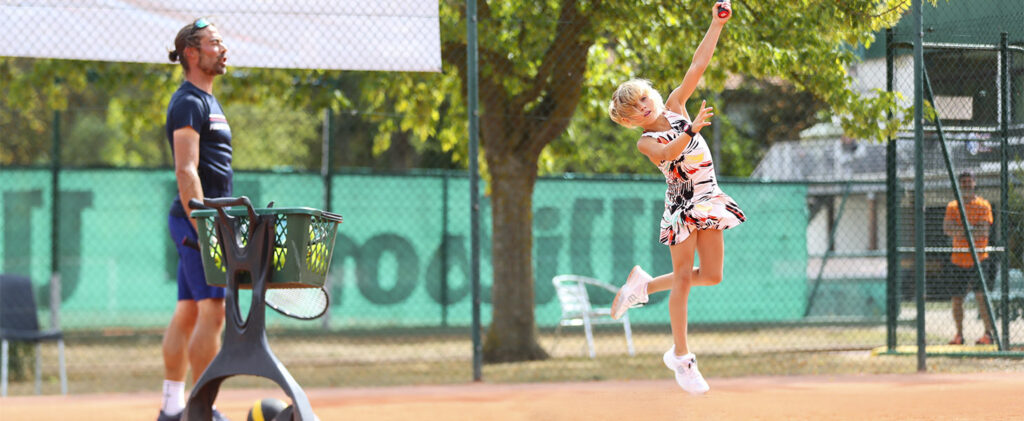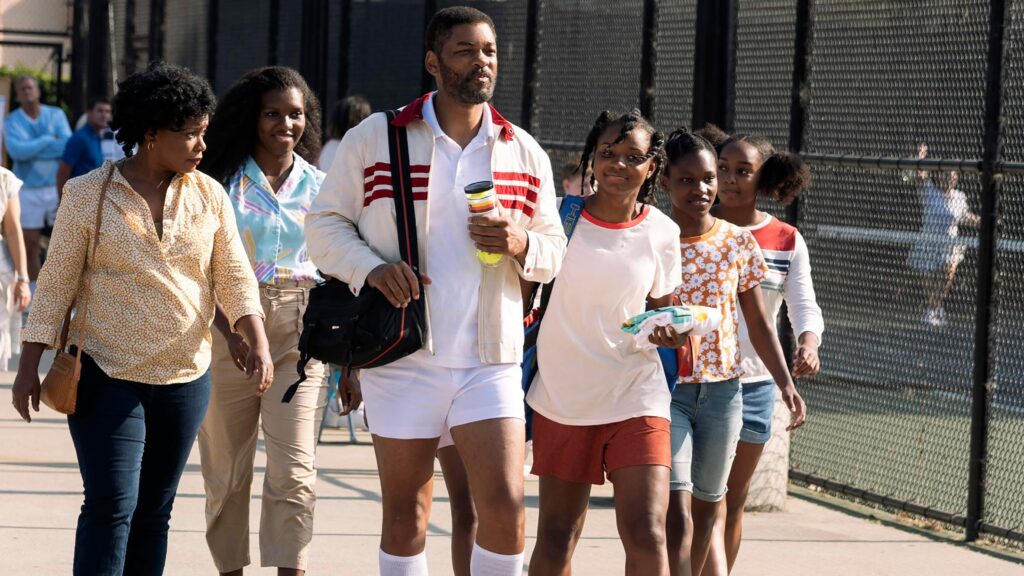Tennis News, Tennis Psychology
5 Tips For Teaching Your Children Tennis
You know keeping your kids fit and healthy through active sports is crucial to their mental and physical development.
5 Tips for Teaching Your Children Tennis
Financial Analysis – The Bank of Mum and Dad
Tennis is a super sport that encompasses physical determination, hand-eye coordination, patience, and overall awareness. Is it no wonder that tennis is one of the fastest growing children’s sports in the world. However, it’s not at the low end of the scale when it comes to financial investments!
One to one lessons and squad training soon empties the Reserves at The Bank of Mum and Dad! If you want a professional coach, then you better start making plans for a second mortgage. But, if you’re not up for that idea due to the cost – or for any other reason – then it’s entirely possible to self-teach your children! After all Richard Williams taught his daughters, the legendary Williams sisters, Venus and Serena and didn’t do such a bad job!!!
But teaching your children tennis by personally coaching them is more than just a money-saving move. It’s a fun family activity that gives you an excuse to get outside and be active too! Depending on how much running you decide to incorporate into your coaching, you could even classify it as a workout!
So you’ve decided that you want to teach them yourself, then a few points that need to be done correctly. Becoming a teacher or coach in any art or sport requires skill, knowledge, patience, and the right equipment. Here are Zoe Alexander’s 5 Tips for Teaching Your Children Tennis.
1. Understand the Game Before Coaching Your Child
If you don’t understand tennis and how everything works, it will be difficult communicate to your child how the game works. Better to know a thing or two, then it won’t be difficult to teach them the early stages of the game and the basics.
2. Ease Your Child into Tennis – Don’t Go For Game, Set and Match from the Off!
When you’re going to teach a child any new skill, it’s usually wise not to drop them in the deep end. The fundamentals of tennis must be developed first with simple repetition. Your child then develops a strong muscle memory for the game. This also avoids the potential to develop bad habits like:-
- Your child don’t hit the sweet spot of their racket, because they’re forgetting to watch the ball all the way until it hits their racket.
- He repeatedly hits the ball too hard, suggesting they have lost sight of their focus on control, which is much more important than power at a young age.
- She doesn’t get to reachable balls or they are not into position before hitting strokes, caused by lazy footwork and have too much reliance on their upper body.
These bad habits are easily corrected if identified at an early stage. If left to continue for a while, more work will be required to “unlearn” them.
3. Reinforce Positively
Children, when introducing them to any sport, must be encouraged positively at every stage of the development process, above and beyond any other motivational methods.
During sessions praise their focus on technique NOT on where the ball goes, using positive comments and high five gestures. One way to use positive reinforcement in an actual tennis drill is to set up some targets like cones or empty tennis ball cans on one side of the net, and have your child attempt drop-hits over the net aiming to knock the targets over. This has two benefits. Firstly your child’s accuracy is improved and secondly they have embraced a new challenge.
4. Create a Routine to Practise The New Pursuit
It’s so important to be accountable by setting aside certain days and times for you and your child to be free of other distractions. This will enable both of you to pursue together your new game without losing momentum.
Set aside between one and three evenings per week to dedicate to them and commit to them by putting them in your calendar. Prepare in advance as your child develops because you must work on individual skills, techniques and strategies whilst keeping it fun and interesting!
We recommend to keep note of how she or he is doing so that you focus the right amount of time on the skills that need the most improvement in future practice sessions. Have a list of goals for teaching skills and techniques with specific dates by which they will have learnt them.
5. Make Sure Your Child Has The Right Equipment To Play
It’s vital you provide your child with the right sized and weighted racket at each stage of their tennis journey. In doing so you can prevent injury risks, bad habits and avoid slower overall development.
The International Tennis Associations provide for your child’s development in tennis four coloured tennis balls of different air pressure suited to the age, size and ability of the child. Junior tennis balls fall into four classes: foam, red, orange and green dot. Each progressively firmer than the previous one. Subsequently, as the ball gets firmer, the height of its bounce and distance it travels down the court increases. Also there are shortened nets for young children and smaller courts to play on.
So now your child has everything they need, including their new Super Coach!
These 5 tips cover the important fundamentals of tennis parenting. Of course there is a lot more to learn, but we recommend you start with these before you start making large cash withdrawals from the “Bank of Mum and Dad” to pay for additional coaching from the professionals which will be required in due time!
Let us know how your Parenting Tennis Journey is going in our Comments Section below. We would love to hear from our Zoe Alexander Tennis Mums and Dads.
Have you any photos or videos to share? Please send them by WhatsApp +44 7849 502790 or email to info@zoealexanderuk.com



